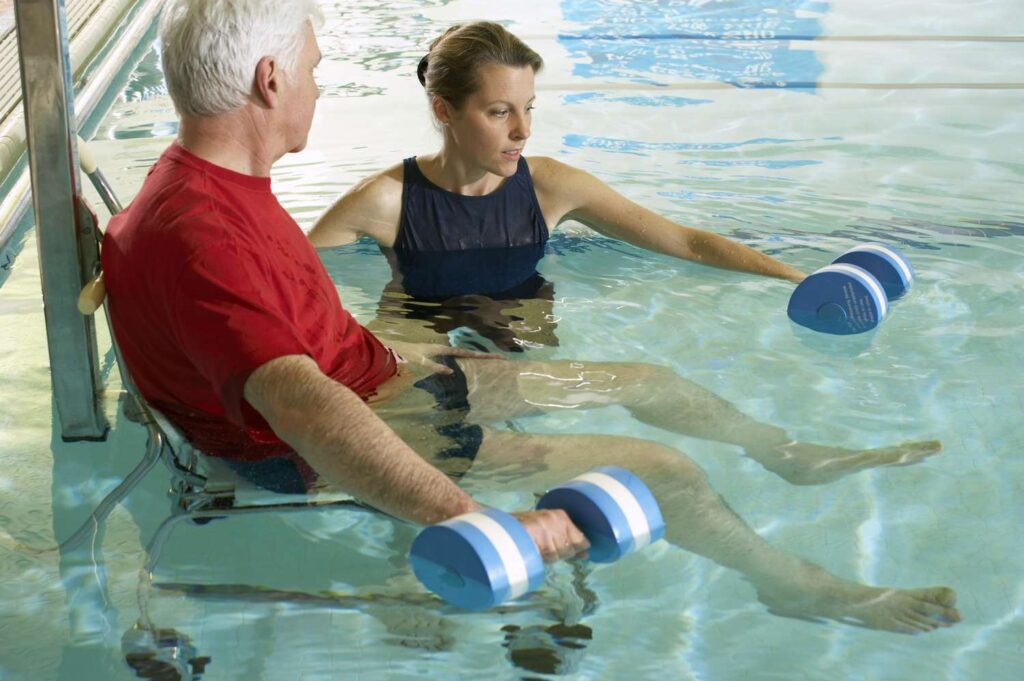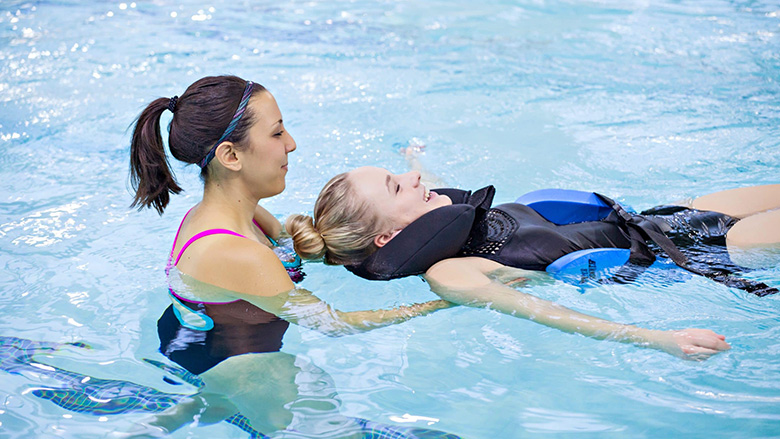Exploring the Advantages of Aquatic Therapy for Orthopedic Issues
Aquatic therapy, also known as hydrotherapy or water therapy, is a form of rehabilitation and exercise performed in water under the guidance of a trained therapist. It offers numerous benefits for individuals dealing with orthopedic conditions, providing a safe and effective environment for healing and recovery.
Benefits of Aquatic Therapy:
Aquatic therapy offers a range of benefits, making it a valuable treatment option for orthopedic conditions. Firstly, the buoyancy of water reduces the effects of gravity, allowing for gentle movement with minimal stress on the joints. This makes aquatic therapy particularly beneficial for individuals with conditions such as arthritis, where joint pain and stiffness are common.
Additionally, the resistance provided by water helps to strengthen muscles and improve overall flexibility and range of motion. The warmth of the water also helps to relax muscles and alleviate tension, promoting relaxation and pain relief. Furthermore, aquatic therapy can improve cardiovascular health and endurance through aerobic exercises performed in the water.

Conditions Treated with Aquatic Therapy:
Aquatic therapy can be beneficial for a wide range of orthopedic conditions, including but not limited to:
- Arthritis: Aquatic therapy can help reduce pain and stiffness associated with arthritis while improving joint function and mobility.
- Musculoskeletal injuries: Individuals recovering from fractures, sprains, strains, or surgical procedures can benefit from the gentle yet effective rehabilitation provided by aquatic therapy.
- Chronic pain conditions: Conditions such as fibromyalgia or chronic low back pain can be managed effectively with aquatic therapy, offering relief and improved quality of life.
- Neurological conditions: Aquatic therapy can aid in the rehabilitation of individuals with neurological conditions such as stroke, Parkinson’s disease, or spinal cord injuries, providing a supportive environment for movement and exercise.

How Aquatic Therapy Helps Arthritis:
For individuals with arthritis, aquatic therapy offers significant relief from pain and stiffness while improving joint function and mobility. The buoyancy of water reduces the load on the joints, allowing for comfortable movement without exacerbating symptoms. Additionally, the warmth of the water helps to soothe sore muscles and joints, promoting relaxation and reducing inflammation. Aquatic exercises can also help strengthen the muscles surrounding the affected joints, providing greater support and stability.
Principles of Hydrotherapy:
Aquatic therapy is guided by several key principles to ensure safety and effectiveness:
- Buoyancy: The buoyant force of water reduces the effects of gravity, allowing for low-impact exercise and rehabilitation.
- Hydrostatic pressure: The pressure exerted by water helps to reduce swelling and improve circulation, promoting healing and reducing pain.
- Resistance: Water provides natural resistance to movement, helping to strengthen muscles and improve overall fitness.
- Warmth: The warmth of the water helps to relax muscles and increase flexibility, enhancing the effectiveness of exercises and promoting relaxation.

In conclusion, aquatic therapy offers numerous benefits for individuals with orthopedic conditions, providing a safe and effective environment for rehabilitation and exercise. By taking advantage of the unique properties of water, individuals can experience significant improvements in pain, mobility, and overall quality of life.
Know More About Experience the Advantages of Aquatic Therapy for Orthopedic Rehab in Twin
